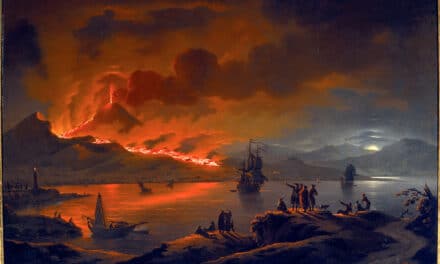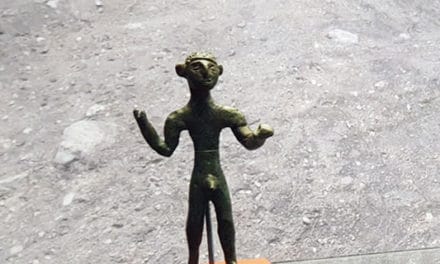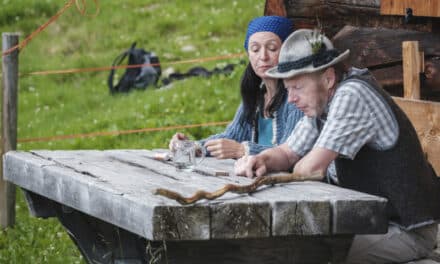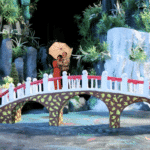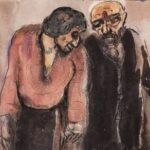Between eight fingers and two thumbs, sometimes between toes and teeth, threads unwind figures. Thread games can do many things: they tell stories, they are a pastime, they make the unspeakable visible, they connect people. As one of the oldest cultural techniques of mankind, they have inspired artists, performers, ethnologists and theorists. As an aesthetic practice, as a museum collection and as a non-Western figure of thought, thread games have repeatedly occupied science and art.
Experimental film pioneer Maya Deren, for example, filmed Marcel Duchamp, who had emigrated to the USA, playing with thread, just after he had used up kilometers of thread in his surrealist exhibition design. Maureen Lander, in turn, decolonized Duchamp's boîte-en-valise by repackaging his famous little suitcase museum with photographs of Māori thread games. In one of his screen tests, Andy Warhol filmed Harry Smith, a border crosser between folklore and art, playing with thread. And engineer David Ket'acik Nicolai from Alaska performs the figures he learned from his grandmother as Yu'pik Dave on TikTok.

Marcel Duchamp, Exhibition design for First Papers of Surrealism, 1942, Courtesy of the Leo Baeck Institute's John D. Schiff Collection, photo John Schiff
In ethnology, thread figures were long regarded as a universal game. As a physical practice that can be found in many places around the world, they fed the epistemological fantasies of a cultural comparison that was supposed to allow conclusions to be drawn about migration routes or the universally human. Franz Boas described the thread figures of the Kwakiutl as early as 1888, and subsequently European-American (often female) ethnologists 'collected' thread figures, mounted them on cardboard or made drawings and photographs. However, media such as these do not allow any conclusions to be drawn about the production of the figures, which is why complex notation systems were developed. In order to do justice to the processuality, performativity and physicality of thread play, ethnologists have also made films of thread players. Some of these films can be found in the Encyclopaedia Cinematographica, the aim of which was to collect the world on celluloid and preserve it for posterity in the sense of a rescue ethnology.
In recent years, the thread game has gained prominence in cultural theory. Donna Haraway propagates 'string figures' as a method for interdisciplinary and cross-species thinking and collaboration. In contrast to the metaphor of the network, Haraway's 'string figures' offer a playful, process-oriented and embodied figure of thought that focuses on responsibility for one another.
The exhibition combines art, anthropology and theory, bringing together people from different regions of the world and exploring the possibilities of interaction on the ruins of our history.
With works by:
Maya Deren, Mulkuṉ Wirrpanda, Moritz Greiner-Petter, Donna Haraway, Maureen Lander, Caroline Monnet, Nasser Mufti, David Ket'acik Nicolai, Christoph Oeschger, Harry Smith, Edgar Calel and Maju Vicentin, Jan Bachmann, Katrien Vermeire, Piet Esch, Siena Miḻkiḻa Stubbs, Toby Christian, Seraina Dür and Jonas Gillmann, Andy Warhol, Isabel McLeish, and others.
November 20, 2024 to March 9, 2025
www.tinguely.ch

Maureen Lander, String Games (detail), 1998, rope, nylon fishing line, fluorescent paint, string, cardboard, paper, linen, glue, video, photographs, UV light, Collection of the Museum of New Zealand Te Papa Tongarewa, Photo: Courtesy of Christchurch Art Gallery Te Puna o Waiwhetū



